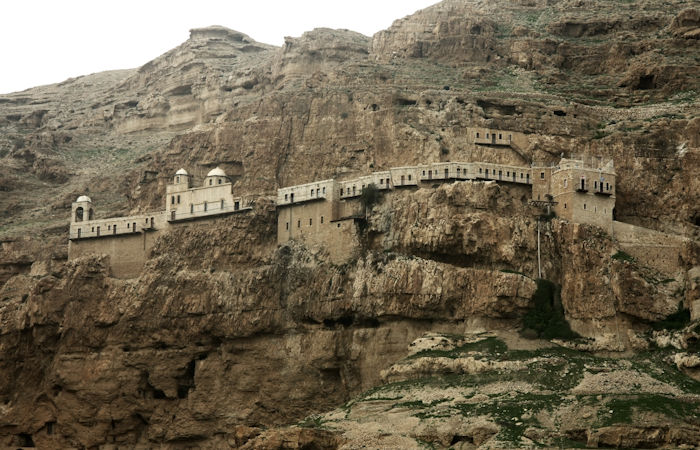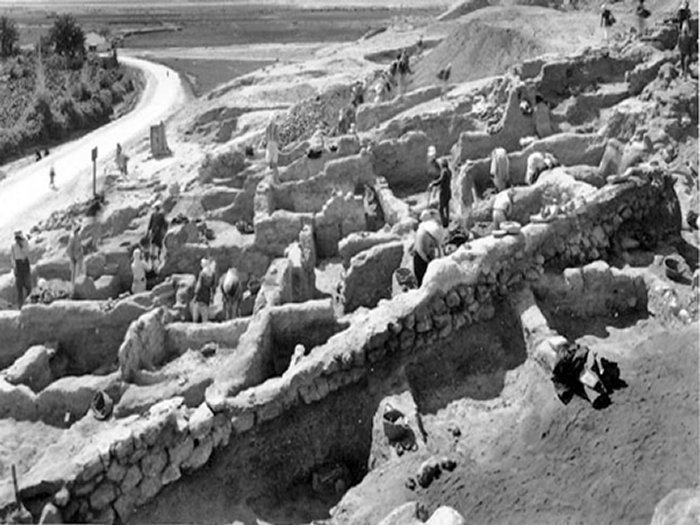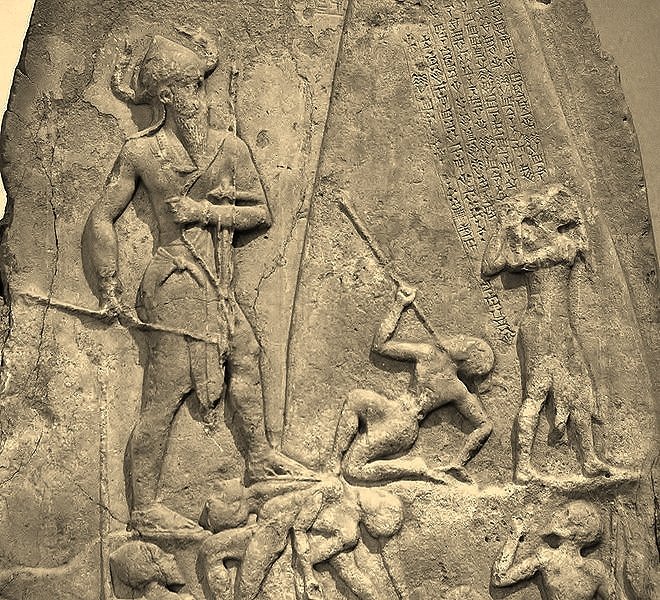Ancient Jericho – City Of Giants And Home Of The Mighty Gibborim
Ellen Lloyd - AncientPages.com - Jericho is one of the oldest and most important ancient cities of all time. Modern excavations confirm the city’s great antiquity. It’s a city that is sacred and a place where many bloody battles were fought.
In ancient times, Jericho was known as the City of Giants, because it was inhabited by giants known as Gibborim.
Mount of Temptation of Jesus Christ near Jericho. Credit: Adobe Stock - Mikhail Semenov
Gibborim Giants Inhabited Ancient Jericho According To Joshua
The “Gibborim”, “heroes of old, men of renown”, who are mentioned in Genesis 6, were not as tall and powerful as the Nephilim, but they were nevertheless a dangerous warrior race.
According to the Bible, those who descended to Earth and mated with the women of Earth were the “fallen angels”, (the Watchers), a group of 200 high-ranked divine beings.
The giants referred to in Genesis are thus the result of interbreeding between humans and fallen angels.
The Nephilim procreated not only among themselves but created also offspring with the homo sapiens. The offspring of the Nephilim were giants known as the “Gibborim”.
Joshua, who became the leader of the Israelite tribes after the death of Moses mentions the Gibborim in his chronicles.
The walls of Jericho. Image credit - Biblical Archaeology
The story of Jericho is told in Joshua 6:1-27. It’s from Joshua we learn about the true inhabitants of ancient Jericho.
In Joshua 6:2 it is written how the Lord speaks to Joshua saying:
“And the Lord said unto Joshua, See, I have given into thine hand Jericho, and the king thereof, and the mighty men of valour.” (Joshua 6:2)
According to Biblical scholars, “the mighty men” is a reference to the Gibborim. This phrasing is derived from the same Hebrew word that Moses used in Genesis 6:4 to signify the giants.
Victory Stele of Naram-Sin celebrates the triumph of King Naram-Sin over a mountain people, the Lullubi. King Naram-Sin appears to be exceptionally tall. Credit: Public Domain
“There were giants in the earth in those days; and also after that, when the sons of God came in unto the daughters of men, and they bare children to them, the same became mighty men which were of old, men of renown.” (Genesis 6:4)
This means that Jericho was inhabited by giants known as Gibborim. Joshua tells that when the walls of Jericho fell, he and the people of Israel met giants in combat.
Did The Gibborim Survive?
According to Robert C. Newman, Professor of New Testament at the Biblical Theological Seminary of Hatfield, Pennsylvania, “regarding the "Nephilim", the rabbis apparently used Num 13:33, where the term is associated with the Anakim at the time of the Exodus.
With this hint and the aid of Deut. 2:10-11, 20-21, they obtained five other names for the Nephilim by which to describe them using etymological word-play.
Two of these are rather supernatural sounding: "Gibborim: ... the marrow of each one's thigh bone was eighteen cubits long"; "Anakim: ... their necks reached the globe of the sun." The term "Nephilim" is understood as teaching that "they hurled (haphilu) the world down, themselves fell (nephelu) from the world, and filled the world with abortions (nephilim) through their immorality."
As Newman points out, several subclasses of Nephilim appear to have existed before the Flood, and also afterward.
One of those that existed before the Flood were the "Gibborim", the "mighty men of old".
Several Biblical stories also tell about the Rephaim, another group of giants described as “a mighty people with tall stature who lived in Canaan.” So, there is every reason to consider the Gibborim did inhabit Jericho in ancient times.
Being mixed-bred, the Gibborim were superior in almost every way to homo sapiens.
In the scriptures, it is said that the Hebrews set fire to the whole city of Jericho and none they found inside alive. They burned everything around the city of Jericho and they tore down structures that escaped the fire.
Did all the Gibborim die? It would seem so, but there are also some sources that state a few Gibborim managed to escape. According to the Jewish Encyclopedia, those who survived were led by a certain Ifrikish ibn Kais to Africa. Having killed the king of that country they settled there. The Berbers are their descendants.
Another source, Procopius of Caesarea (500 – c. 554 AD), a prominent late antique scholar from Palaestina Prima wrote that these giants fled for their lives to Africa. They settled in Libya, spread across Africa and they reached as far as the Pillar of Hercules, two promontories at the eastern end of the Strait of Gibraltar.
Frankly, the fate of the Gibborim is quite a mystery...
Written by Ellen Lloyd – AncientPages.com
Copyright © AncientPages.com All rights reserved. This material may not be published, broadcast, rewritten or redistributed in whole or part without the express written permission of AncientPages.com
More From Ancient Pages
-
 Unexplained Mystery In Ohio – Unusual Force Puzzles Scientists
Featured Stories | Dec 21, 2018
Unexplained Mystery In Ohio – Unusual Force Puzzles Scientists
Featured Stories | Dec 21, 2018 -
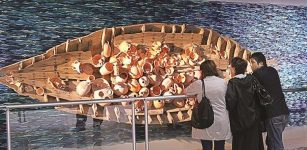 Yenikapı Shipwrecks – A Unique Historical Treasure That Sheds Light On Ancient Ship Production
Archaeology | Oct 28, 2015
Yenikapı Shipwrecks – A Unique Historical Treasure That Sheds Light On Ancient Ship Production
Archaeology | Oct 28, 2015 -
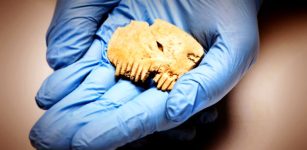 Mystery Of The Bar Hill Comb Solved
Archaeology | Mar 13, 2023
Mystery Of The Bar Hill Comb Solved
Archaeology | Mar 13, 2023 -
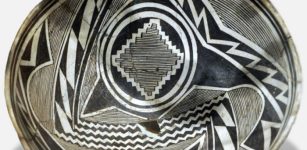 Expressive Beautiful And Celebrated Bowls Created By Mimbres Artisans From Distant Past
Artifacts | Oct 9, 2023
Expressive Beautiful And Celebrated Bowls Created By Mimbres Artisans From Distant Past
Artifacts | Oct 9, 2023 -
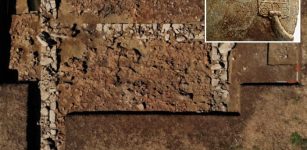 Archaic Temple (Part Of God Poseidon’s Sanctuary) At The Kleidi-Samikon Site In Greece – Unearthed
Archaeology | Jan 12, 2023
Archaic Temple (Part Of God Poseidon’s Sanctuary) At The Kleidi-Samikon Site In Greece – Unearthed
Archaeology | Jan 12, 2023 -
 Ptolemaic Granite Sarcophagus Found In Alexandria, Egypt
Archaeology | Jul 6, 2018
Ptolemaic Granite Sarcophagus Found In Alexandria, Egypt
Archaeology | Jul 6, 2018 -
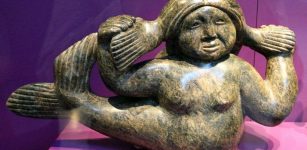 Sedna: Inuit Goddess Sacrificed By Selfish Father Fearing For His Own Life
Featured Stories | Jan 7, 2020
Sedna: Inuit Goddess Sacrificed By Selfish Father Fearing For His Own Life
Featured Stories | Jan 7, 2020 -
 LIDAR Advanced Technology Spotted Rare Pre-Columbian Florida Village – Highly-Prized Producer Of Beads
Archaeology | Nov 10, 2019
LIDAR Advanced Technology Spotted Rare Pre-Columbian Florida Village – Highly-Prized Producer Of Beads
Archaeology | Nov 10, 2019 -
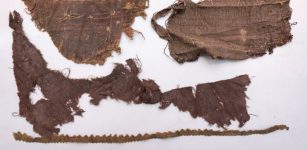 Unique Well-Preserved 16th-17th Century Fabrics And Shoes Found In Toruń, Poland
Archaeology | May 13, 2024
Unique Well-Preserved 16th-17th Century Fabrics And Shoes Found In Toruń, Poland
Archaeology | May 13, 2024 -
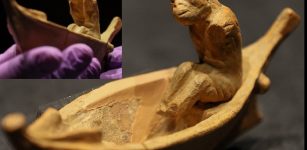 The 2,400-Year-Old Figurine Of Charon -The Ferryman Of The Dead – On Display In Izmir, Turkiye
Archaeology | Nov 21, 2022
The 2,400-Year-Old Figurine Of Charon -The Ferryman Of The Dead – On Display In Izmir, Turkiye
Archaeology | Nov 21, 2022 -
 Dionysus – Greek God Of Wine, Music, Ritual Madness And Ecstasy Was Born Twice
Featured Stories | Jan 8, 2019
Dionysus – Greek God Of Wine, Music, Ritual Madness And Ecstasy Was Born Twice
Featured Stories | Jan 8, 2019 -
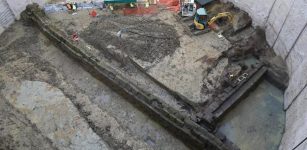 Oldest Aqueduct Dated To 3rd Century BC Discovered In Rome
Archaeology | Apr 4, 2017
Oldest Aqueduct Dated To 3rd Century BC Discovered In Rome
Archaeology | Apr 4, 2017 -
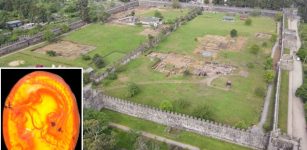 Roman Fort Of Apsaros Reveal Some Of Its Archaeological Secrets
Archaeology | Nov 7, 2023
Roman Fort Of Apsaros Reveal Some Of Its Archaeological Secrets
Archaeology | Nov 7, 2023 -
 Weapons Of Ancient Aztec Warriors Of Mesoamerica
Featured Stories | Mar 23, 2017
Weapons Of Ancient Aztec Warriors Of Mesoamerica
Featured Stories | Mar 23, 2017 -
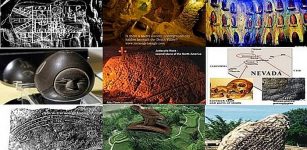 10 Great Ancient Mysteries Of North America
Featured Stories | Sep 30, 2015
10 Great Ancient Mysteries Of North America
Featured Stories | Sep 30, 2015 -
 Oldest Known Spearthrowers Found At 31,000-Year-Old Archaeological Site Of Maisières-Canal
Archaeology | Nov 6, 2023
Oldest Known Spearthrowers Found At 31,000-Year-Old Archaeological Site Of Maisières-Canal
Archaeology | Nov 6, 2023 -
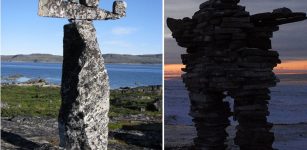 Sacred ‘Sign Posts’ Of The Inuit People
Ancient History Facts | Sep 4, 2018
Sacred ‘Sign Posts’ Of The Inuit People
Ancient History Facts | Sep 4, 2018 -
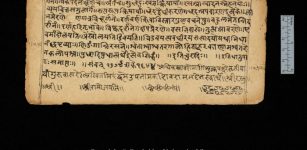 Ancient Grammatical Puzzle Solved After 2,500 Years
Linguistic Discoveries | Dec 15, 2022
Ancient Grammatical Puzzle Solved After 2,500 Years
Linguistic Discoveries | Dec 15, 2022 -
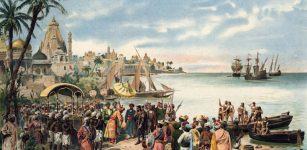 Riddle Of The Two Calicuts And How We Got History Wrong
Archaeology | Jan 20, 2023
Riddle Of The Two Calicuts And How We Got History Wrong
Archaeology | Jan 20, 2023 -
 Why Was Lovesickness A Feared Disease During The Middle Ages?
Ancient History Facts | Feb 8, 2018
Why Was Lovesickness A Feared Disease During The Middle Ages?
Ancient History Facts | Feb 8, 2018

